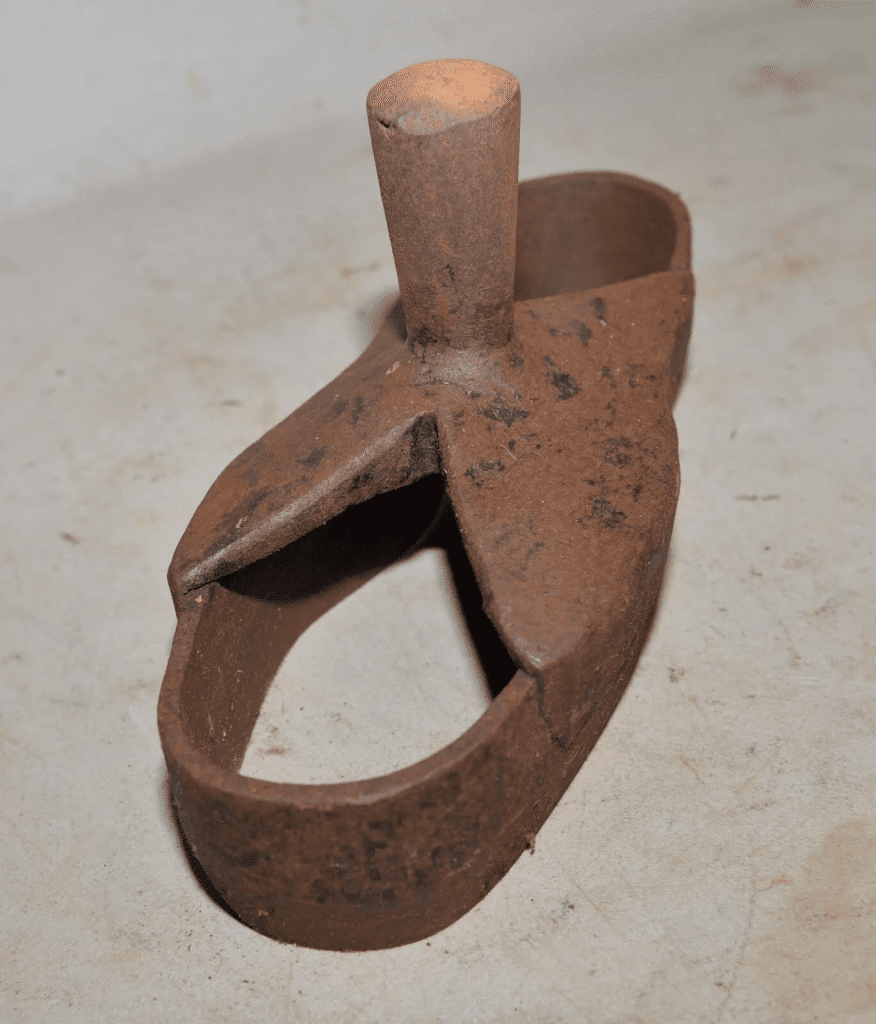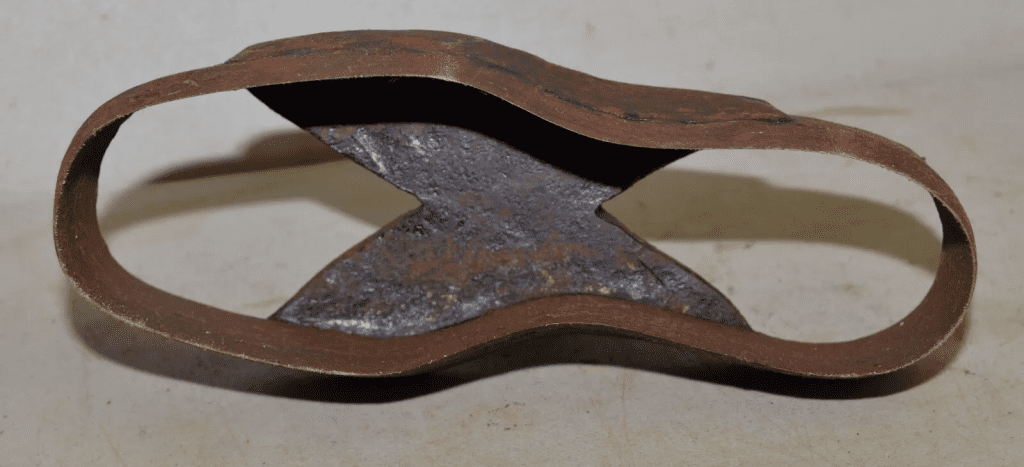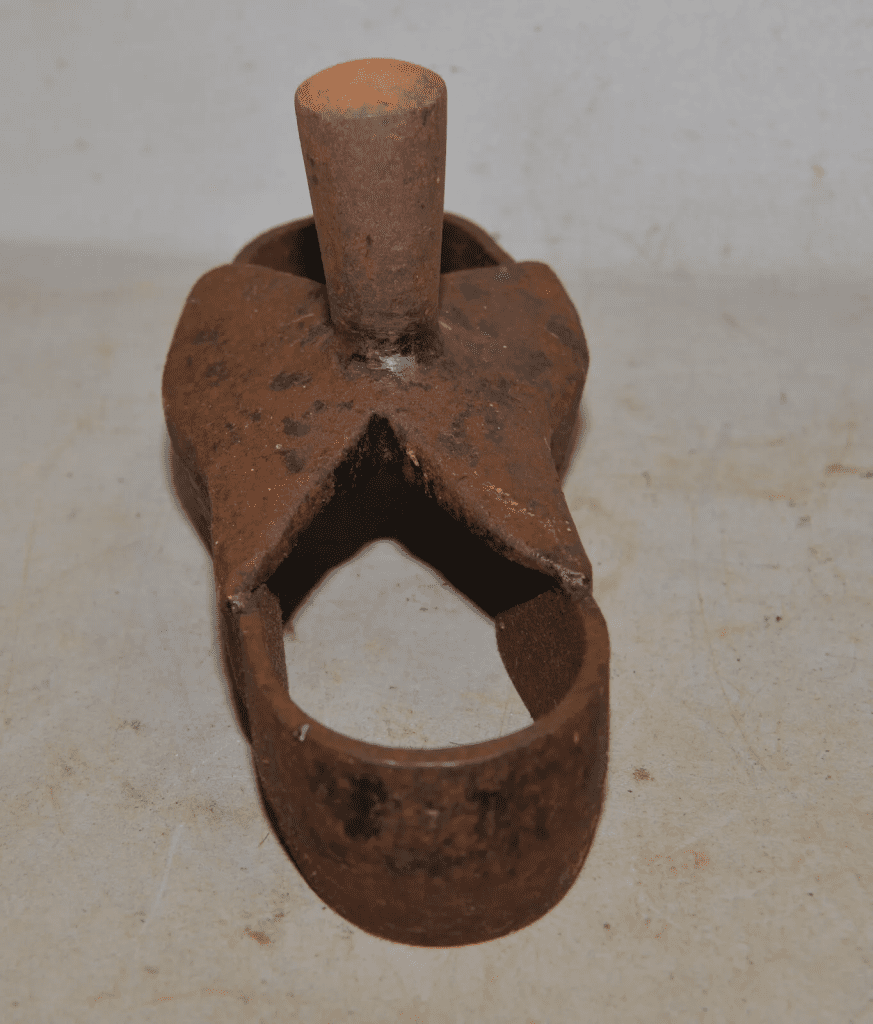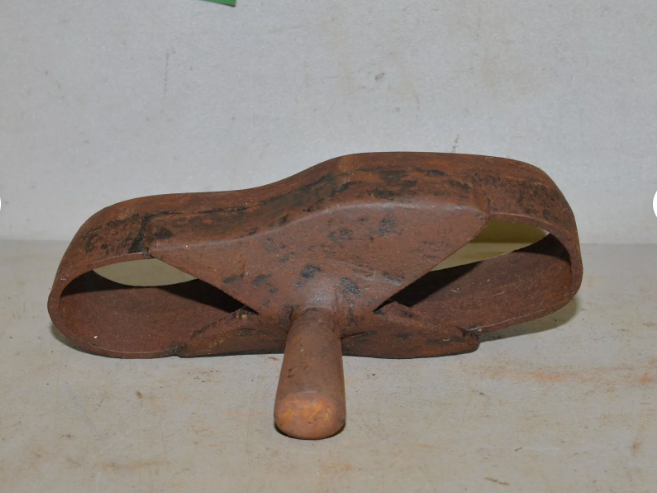The Classic Steel Shoe Sole Die Cutter: A Gateway to Shoemaking’s Rich Heritage
The vintage steel shoe sole die cutter is a nostalgic nod to the golden age of cobbling and shoemaking. Emerging in the early 19th century, this invaluable tool was instrumental in transforming leather into perfectly shaped shoe soles, setting the stage for significant advancements in the industry. Let’s dive into the history, functionality, and enduring impact of this iconic tool in the world of craftsmanship.
Origins of the Steel Shoe Sole Die Cutter

In the early 19th century, shoemaking was an artisanal craft, relying heavily on manual labor and skill. Cobblers meticulously crafted durable, custom-fit shoes using basic tools. However, as shoe demand surged, the labor-intensive processes became unsustainable, paving the way for innovative tools to boost efficiency without compromising quality.
Enter the steel shoe sole die cutter. This game-changing tool allowed cobblers to cut uniform, precisely shaped soles from leather swiftly and accurately. It transformed a previously time-consuming task into a streamlined process, enabling cobblers to keep pace with rising demands while maintaining high standards.
Precision and Efficiency in Leatherworking
The steel shoe sole die cutter revolutionized leather cutting. Its design featured a robust steel frame housing a sharp metal mold, or die, shaped like a shoe sole. Cobblers placed a leather sheet beneath the die and applied pressure to achieve a perfectly cut sole. This method ensured uniformity and significantly reduced waste, maximizing leather use.
The die cutter’s adaptability also extended to other robust materials like rubber and synthetic fabrics, making it a versatile asset for crafting various types of footwear. From boots to dress shoes, cobblers could rely on the die cutter for consistent, high-quality results.
Impact During the Industrial Revolution
The rise of the steel shoe sole die cutter coincided with the Industrial Revolution, a period marked by rapid mechanization across industries, including shoemaking.
Initially a staple in small cobbler shops, the die cutter’s efficiency soon made it indispensable in larger factories and workshops. It facilitated the transition from purely handmade shoes to a blend of handmade and machine-assisted production, aligning with the era’s steam-powered machinery and conveyor belt systems. Though its operation evolved from manual to mechanical, the die cutter’s role in enhancing speed and precision remained pivotal.

Design: A Blend of Strength and Simplicity
The vintage steel shoe sole die cutter is a marvel of design. Constructed from high-quality steel, it combines longevity with functionality. Its heavy steel frame ensures durability, while the sharp die guarantees clean cuts every time. Despite evolving for larger-scale production, its core design principles of simplicity and efficiency have remained unchanged, making it a timeless tool in any shoemaking workshop.
Collectors today value these die cutters for their robust craftsmanship. Many have been preserved in excellent condition, highlighting their durability and quality.
Legacy in Modern Shoemaking and Collecting

Even in today’s world of automated shoe production, the legacy of the vintage steel shoe sole die cutter endures. While modern manufacturing methods have advanced, bespoke workshops still appreciate the precision and quality this tool represents. It symbolizes the dedication to craftsmanship that modern mass production often lacks.
Additionally, the die cutter has become a cherished collectible. Enthusiasts of vintage tools and leatherworking prize these devices for their historical significance and artistry.
The Evolution from Handcrafted to Mechanized Shoemaking

The steel shoe sole die cutter is a testament to the evolution of shoemaking—from labor-intensive, handcrafted methods to efficient, mechanized production. It stands as a relic of innovation, bridging the old-world craftsmanship with modern industrial techniques.
Conclusion: A Timeless Tool with Enduring Value
The vintage steel shoe sole die cutter was more than a tool; it was a cornerstone of the cobbler’s craft, shaping the shoemaking industry. It embodies efficiency, simplicity, and precision, making it indispensable in both small workshops and large-scale production facilities. Its continued reverence among collectors, hobbyists, and leatherworkers underscores its lasting impact on the history of craftsmanship.
Reflecting on the history of shoemaking, the steel shoe sole die cutter emerges as a symbol of ingenuity and progress, bridging traditional techniques and modern industrialization. Its legacy continues, honored in the high-quality footwear it helped create and the skilled artisans who wielded it.